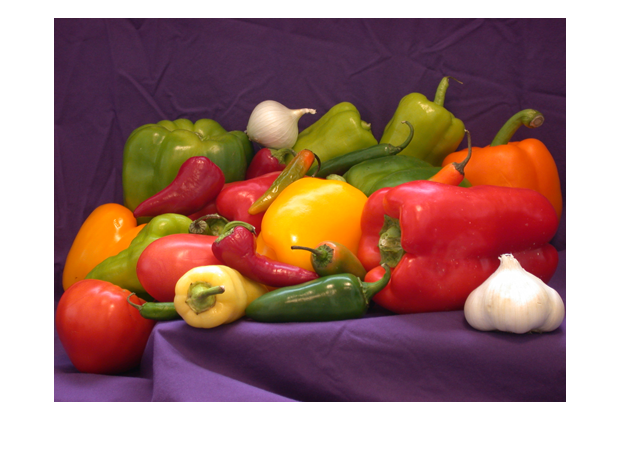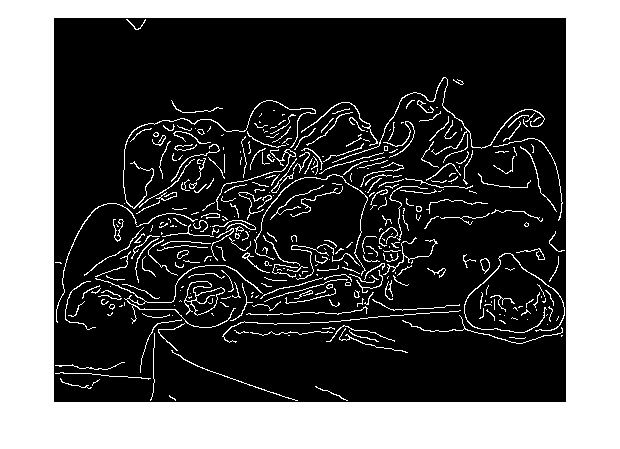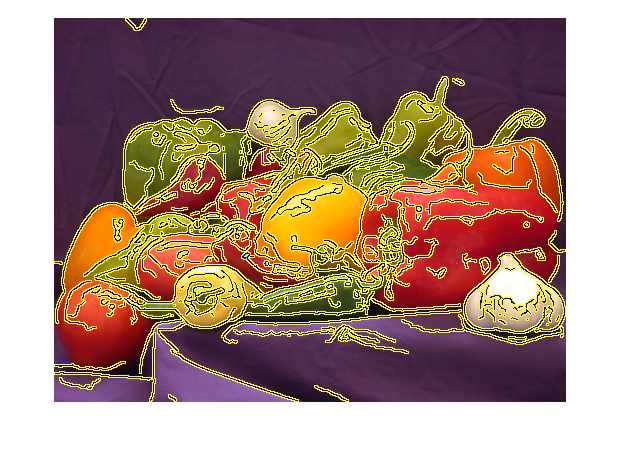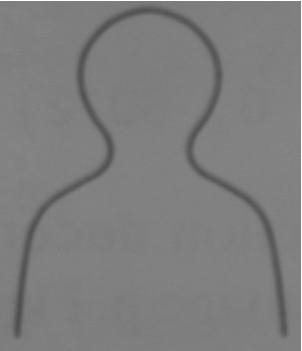How to Overlay a Color on an Image Using a Mask
In my first year of writing this blog (2006!), I showed how to overlay a color onto an image based on a mask. This was the example I gave back then:

I wrote a function called imoverlay to handle all the details, and I submitted it to the File Exchange.
About three and a half years ago, in R2016a, the Image Processing Toolbox development team shipped a similar function, with the same name. I want to encourage everyone to use that new function.
Since my File Exchange version is still being frequently downloaded, I decided not to remove it (yet). Instead, I updated the submission to change the function name to imoverlay_old and to include a note about the new function in the Image Processing Toolbox.
Here's a new example. I'm going to use imoverlay (the new one) to overlay the output of the Canny edge detector on the peppers.png image. So that the overlay is visible everywhere, I will use imoverlay twice, with contrasting colors.
A = imread('peppers.png'); imshow(A,'InitialMagnification',200)

E = edge(rgb2gray(A),'canny'); imshow(E,'InitialMagnification',200);

Make a dilated (thickened) version of the edge mask and use it for the first overlay (in yellow).
Ed = imdilate(E,ones(3,3));
B = imoverlay(A,Ed,'y');
Now use the original edge detection output for the second overlay (in blue).
C = imoverlay(B,E,'b'); imshow(C,'InitialMagnification',200);

If you've been using my version of imoverlay and you have R2016a or later, consider switching to the one that is now included with the Image Processing Toolbox.









评论
要发表评论,请点击 此处 登录到您的 MathWorks 帐户或创建一个新帐户。